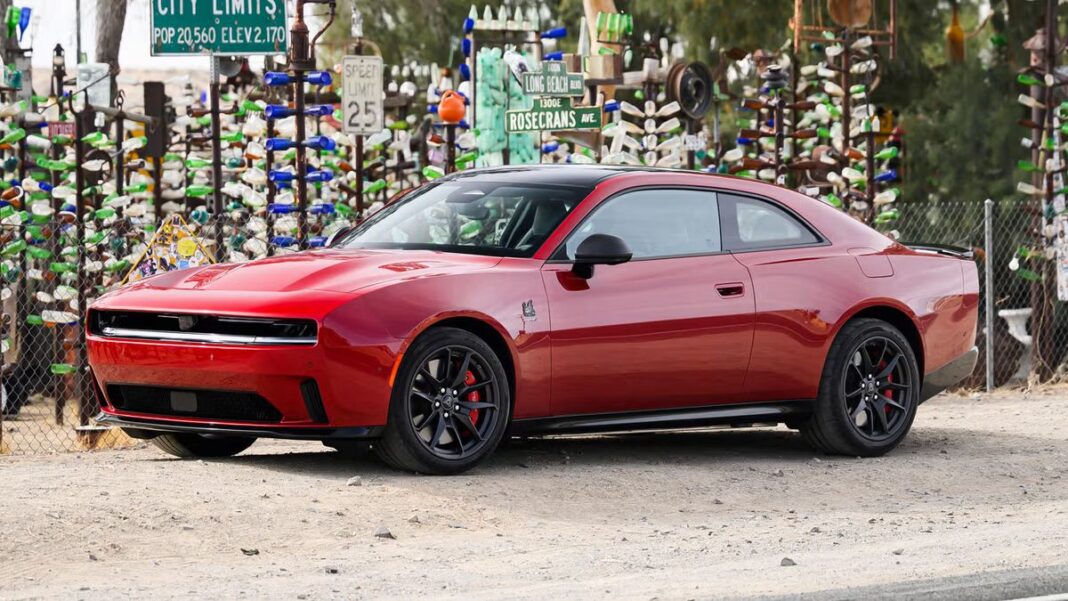The Electric Charger Daytona R/T came equipped with a 100.5-kWh battery powering dual electric motors that delivered approximately 496 horsepower and 404 pound-feet of torque, offering an estimated range of 308 miles. Before that, the last gas-powered Charger R/T housed a 5.7-liter HEMI V8 producing 370 horsepower and 395 pound-feet of torque, while the Hellcat version cranked up a supercharged 6.2-liter V8 to a whopping 717 horsepower and 650 pound-feet.
Fans were devastated when Dodge swapped that thunderous V8 rumble for a quieter electric setup. To many, a Charger without a true V8 felt like a guitar without strings. Despite its sleek styling and instant torque, the electric R/T failed to generate strong sales. With a starting price of around $61,500—barely undercutting higher-trim gas models—and fewer federal incentives than SUVs or luxury EVs, buyers stuck with what they knew: the roar of a V8. Add in recent U.S. tariffs that increased component costs, and Dodge quietly confirmed that the electric R/T won’t return for 2026.
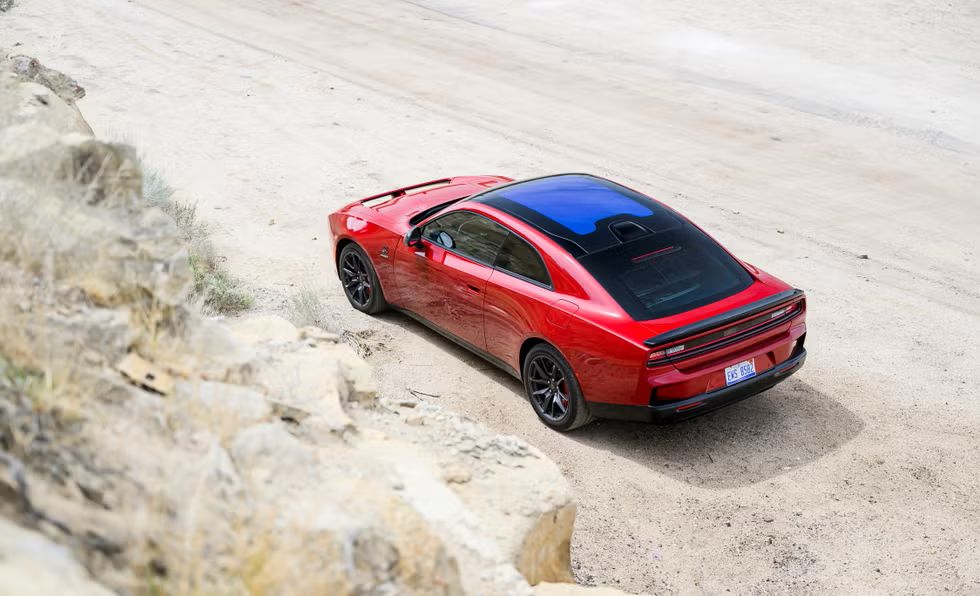
Online, Charger loyalists voiced their outrage. Forums, social media, and even TikTok were flooded with backlash, calling the EV Charger a “poser” that betrayed Dodge’s heritage. It echoed Mercedes’ misstep with the hybrid C63, where replacing the V8 led to boycotts and dealership struggles.
It raises a bigger question: Are automakers tuning out the very people who buy their cars? When fans unite behind hashtags and viral posts, they can seriously dent sales. Dodge—and others—are learning that ignoring enthusiast sentiment can turn a bold move into a commercial flop.
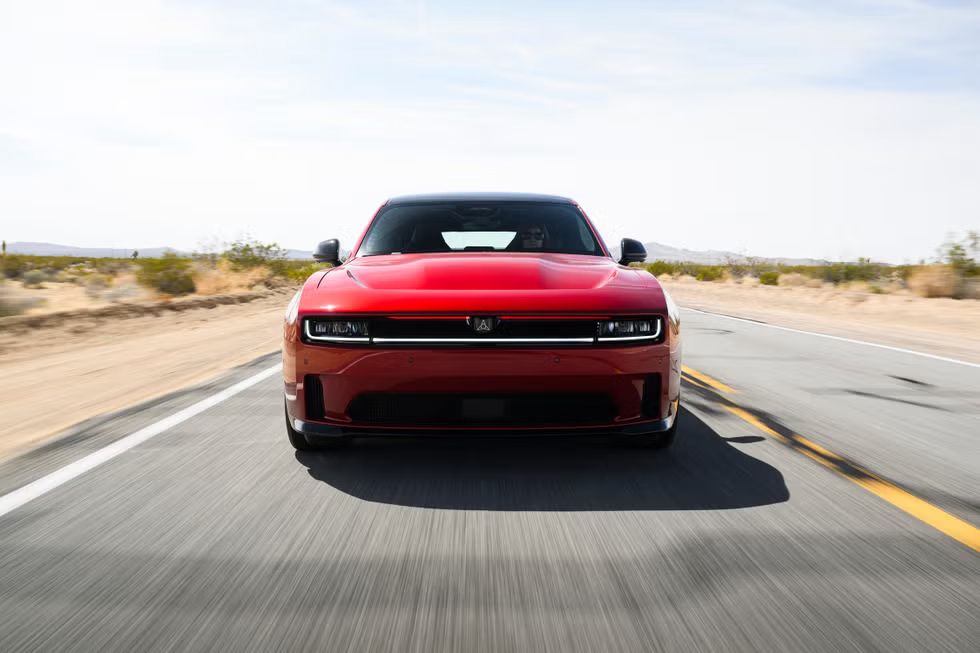
Perhaps we’re witnessing a turning point. Buyers are no longer just spending—they’re speaking up. If enough people say “no,” companies may start listening before rolling out the next big “innovation.” A car isn’t just metal and motors; it’s a promise between brand and driver. When that promise is broken, the community doesn’t forget—they keep the receipts.
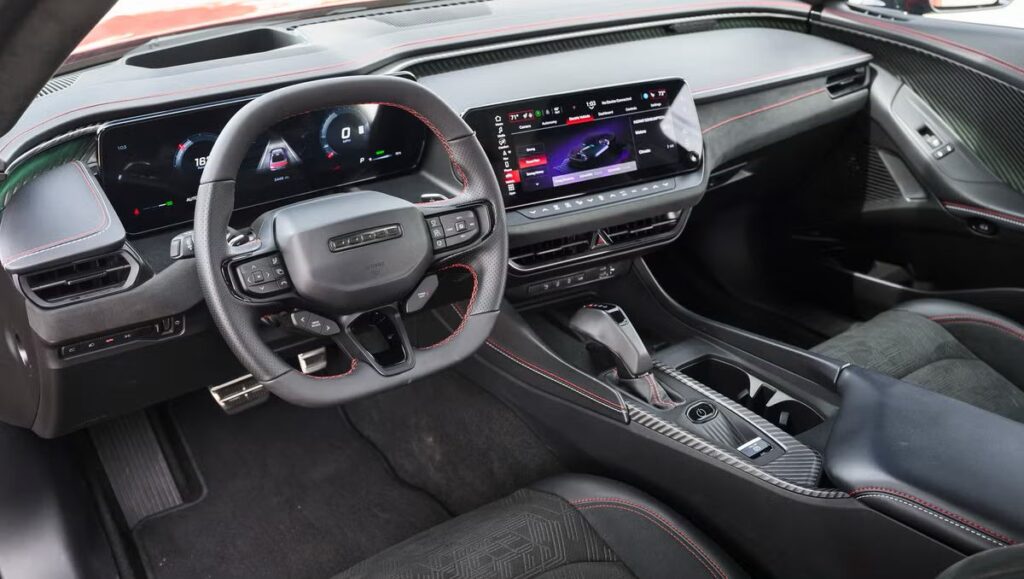
Here’s the clincher: the electric Charger saga underscores a deeper truth—today’s drivers crave authenticity as much as performance. A community once united by growling exhausts now rallies online, demanding brands honor their roots while evolving with purpose. As more gearheads trade derby hats for hashtags, automakers face a simple choice: innovate with their audience—not around them—or risk watching their legacy gather dust in the showroom.
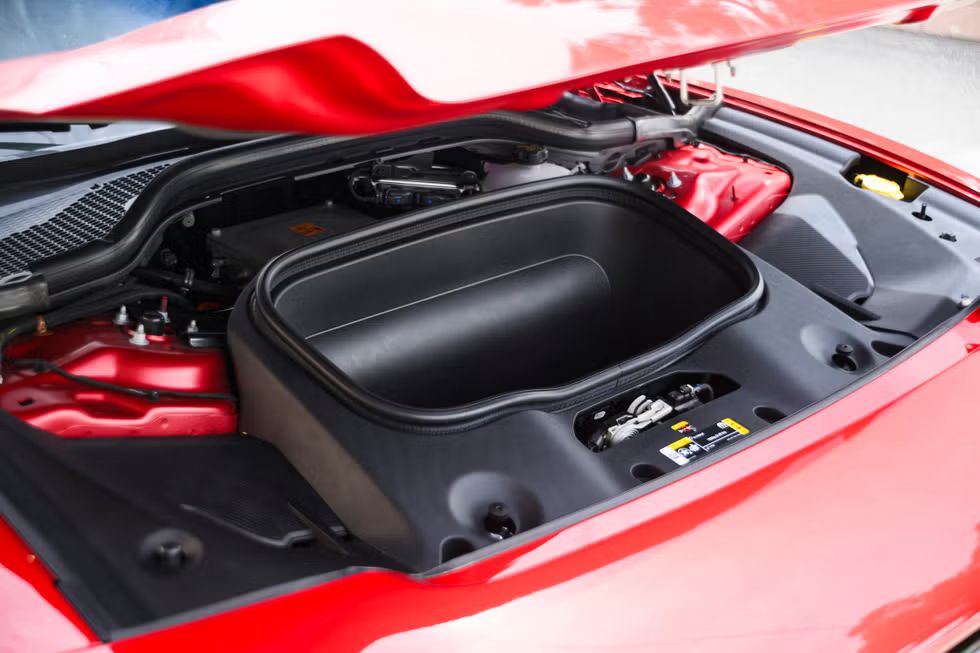
Looking ahead, the fate of the Charger EV could become a cautionary tale for the entire industry. If electric muscle cars can’t capture the soul of their gas-guzzling predecessors, even the most advanced tech won’t win hearts. But if manufacturers blend heritage with innovation and truly listen, they might reignite the passion of old-school enthusiasts while drawing in a new generation hungry for sustainable performance.
In this changing landscape, one thing is clear: the roar of the crowd now matters almost as much as the roar under the hood.



